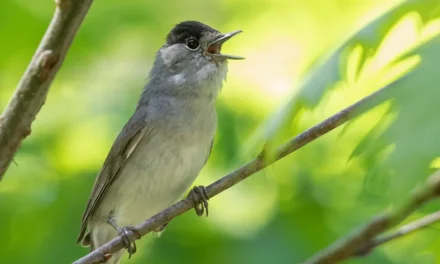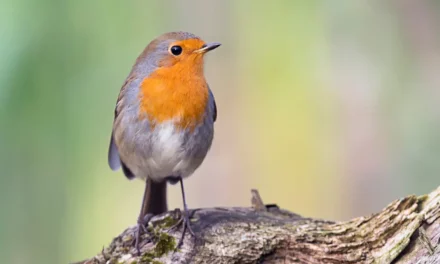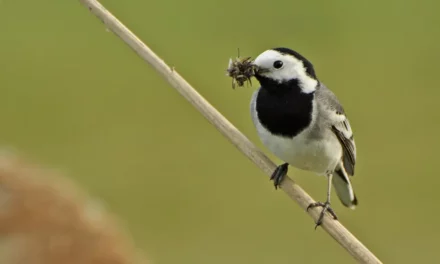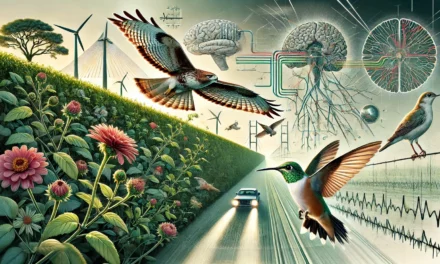Let’s explore the fascinating world of flightless birds, their unique adaptations, and the conservation challenges they face. Discover species like the ostrich, emu, and kiwi and learn why their inability to fly offers a remarkable insight into evolution.
1. The ostrich: the fast runner
The ostrich, the largest and fastest terrestrial bird, symbolizes power and endurance. Reaching up to 2.8 meters in height and weighing as much as 150 kg, it holds records within the avian realm. On the ground, it achieves impressive performances: maintaining a 40 km/h speed for up to 30 minutes and reaching bursts of 70 km/h. Its muscular legs allow strides of up to 5 meters, a valuable asset for escaping predators like lions or cheetahs.
Although it cannot fly, the ostrich uses its wings to balance itself when running and making quick turns. This morphological feature results from the absence of a keel bone, a bone crucial for anchoring the powerful pectoral muscles required for flight. Its soft, fluffy feathers do not adhere closely and cannot form the rigid surface necessary for flight.
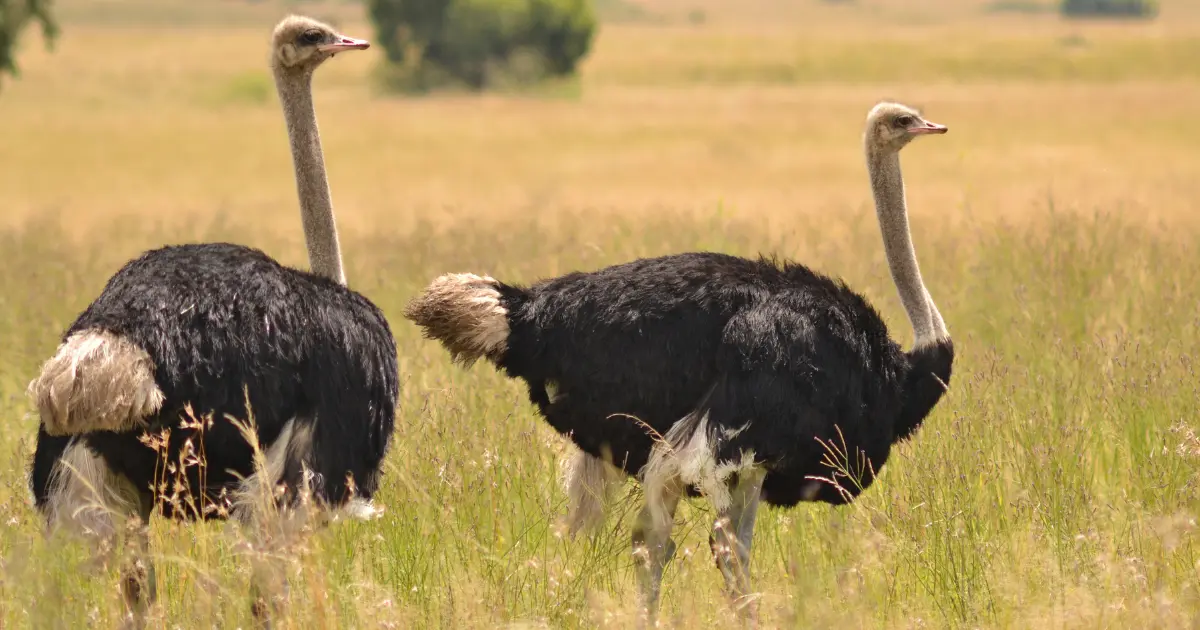
2. The emu: Australia’s iconic bird
The emu is often mistaken for an ostrich, though it is smaller (1.5 to 1.9 meters) and lighter (30 to 45 kg). This Australian bird also lacks the keel bone, which explains its inability to fly. However, it is a strong runner, averaging 50 km/h and reaching speeds of up to 70 km/h in short bursts.
Once widespread along Australia's eastern coast, emu populations declined with colonization. Today, the Australian emu is the only surviving species, playing a unique role in the Australian ecosystem.
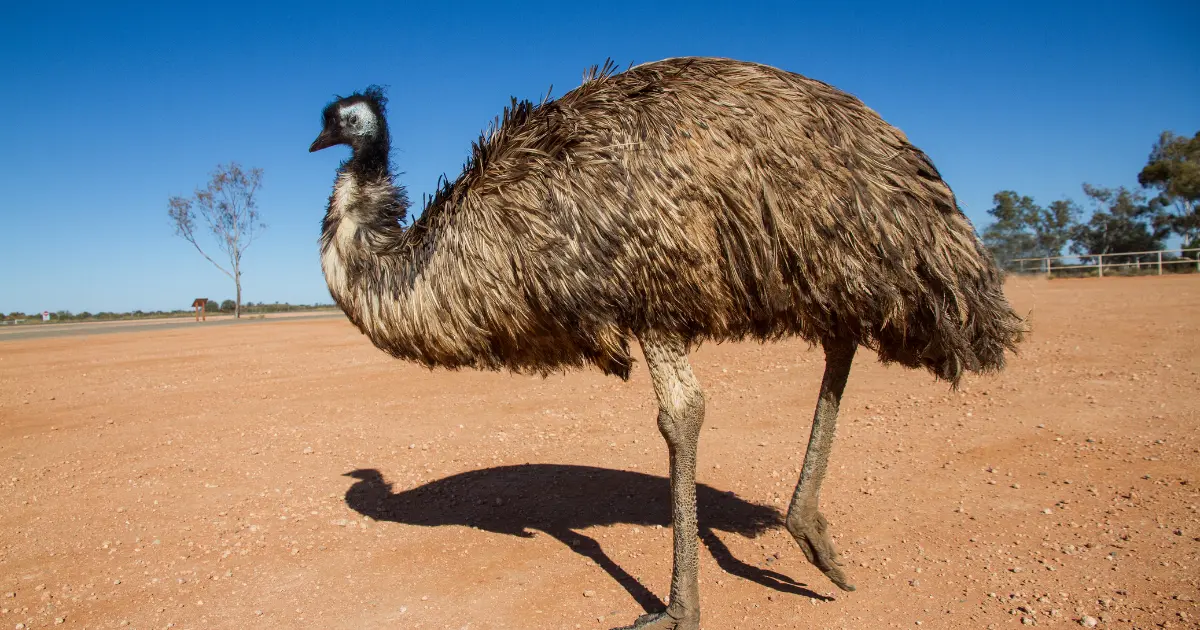
3. The kiwi: New Zealand’s quirky bird
Native to New Zealand, the kiwi is unique in appearance and behavior. Small (about 3 kg and 65 cm tall), the kiwi is a ratite lacking a keel bone and functional wings. Its tiny wings are hidden under a dense, fur-like coat of feathers.
The kiwi boasts a 15 cm beak with nostrils at the tip, an avian rarity that gives it an acute sense of smell—essential for nocturnal foraging, as it has poor eyesight. Unfortunately, the species is threatened by deforestation and introduced predators like rats, ferrets, and dogs that have spread throughout New Zealand.
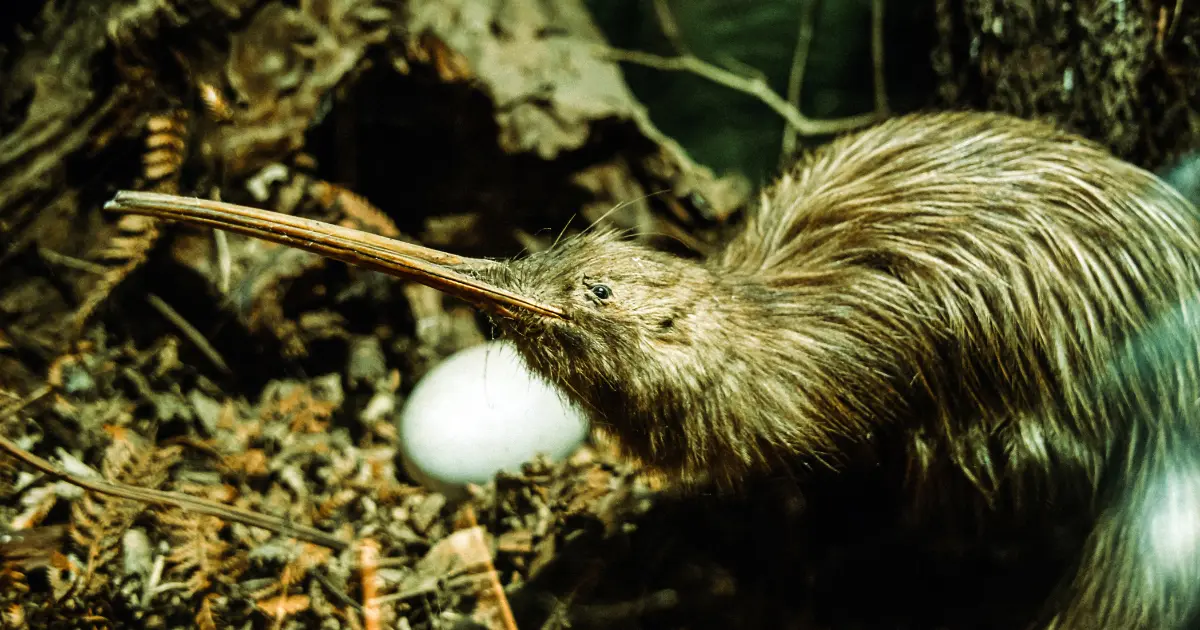
4. The Campbell teal: a unique duck
The Campbell teal, endemic to Campbell Island in southern New Zealand, cannot fly due to the structure of its wings, which are too weak to lift it. This geographical isolation nearly led to extinction; rats, introduced by whalers, devastated its population. However, a reintroduction program has helped save the species, allowing the survival of this 40-cm duck weighing up to 400 g.
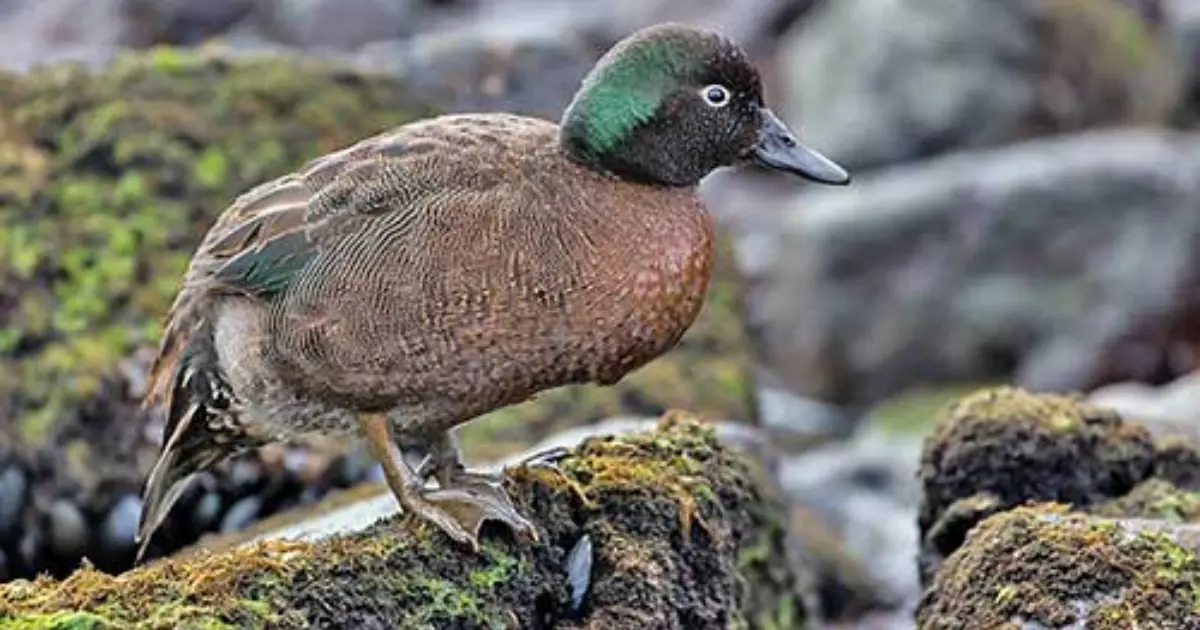
5. The Galapagos cormorant: an adaptive swimmer
The Galapagos cormorant is the only one of the 40 cormorant species incapable of flight. Its atrophied wings serve as flippers for diving and hunting. Genetic mutations have reduced its limbs, and scientists have found links between these mutations and certain human skeletal ciliopathies, suggesting natural selection favoring marine adaptations.
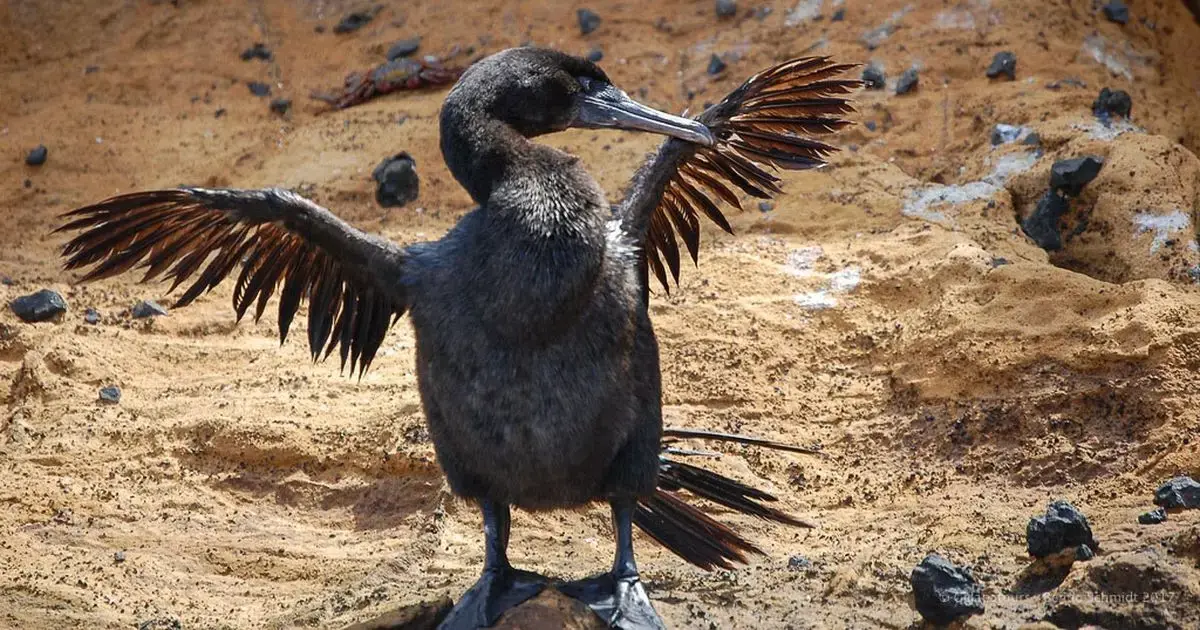
6. The weka rail: a resilient walker
The weka rail is a New Zealand bird with a curious disposition, contrasting with other more cautious species. Although this trait helps in its natural habitat, it makes the weka vulnerable to humans and introduced predators. Measuring 30 cm and weighing about 2 kg, it has demonstrated resilience, traveling up to 150 km across the sea to return to its original island after human relocation efforts.
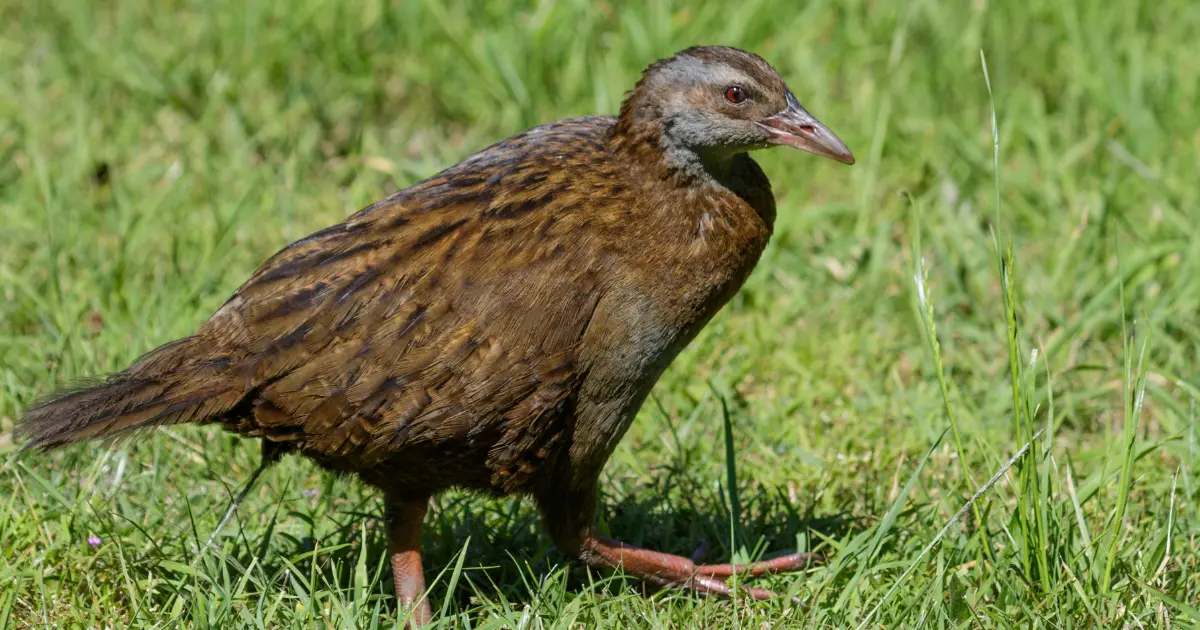
7. The penguin: master of the sea
Penguins are perhaps the most popular flightless birds. Residing mainly in the southern hemisphere, they include 18 species adapted to aquatic life. Their wings, adapted for swimming, and their dense two-layer plumage shield them from the cold and make them waterproof thanks to an oil-secreting gland. Among them, the gentoo penguin excels at underwater swimming, reaching 35 km/h.
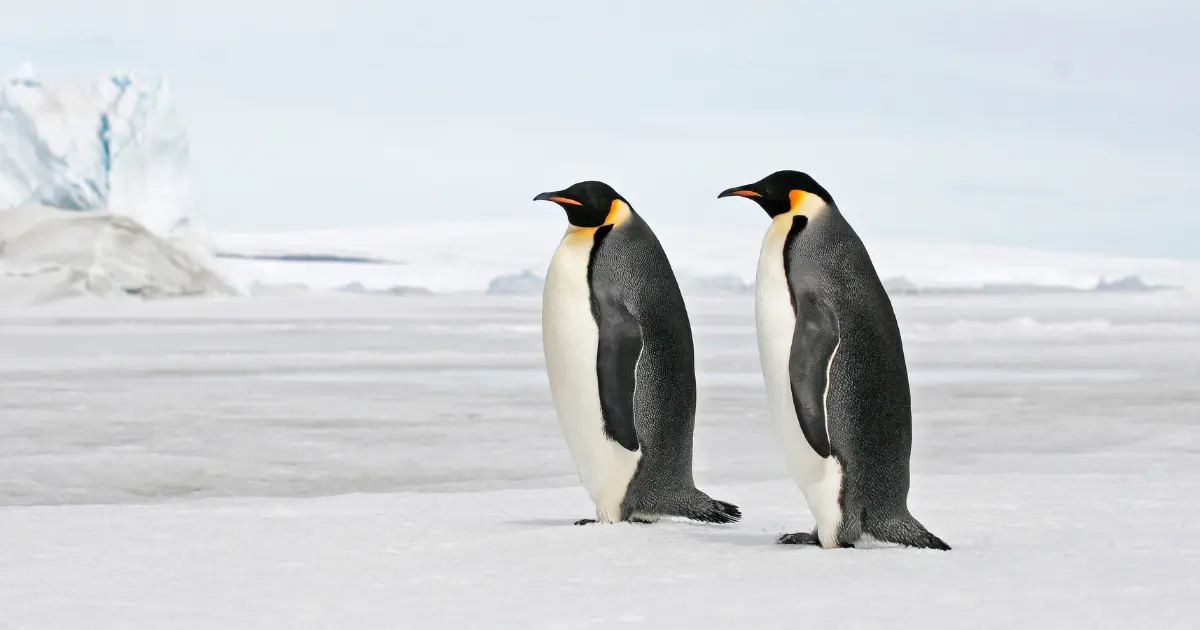
8. The Tasmanian gallinule: the solitary endemic
The Tasmanian gallinule is a rallid species resembling a water hen but more robust. It reaches up to 51 cm in height and weighs about 1.3 kg. Its powerful, clawed legs allow it to fend off potential predators. Endemic to Tasmania, it is highly dependent on its natural habitat and is under extinction threats due to deforestation and habitat loss.
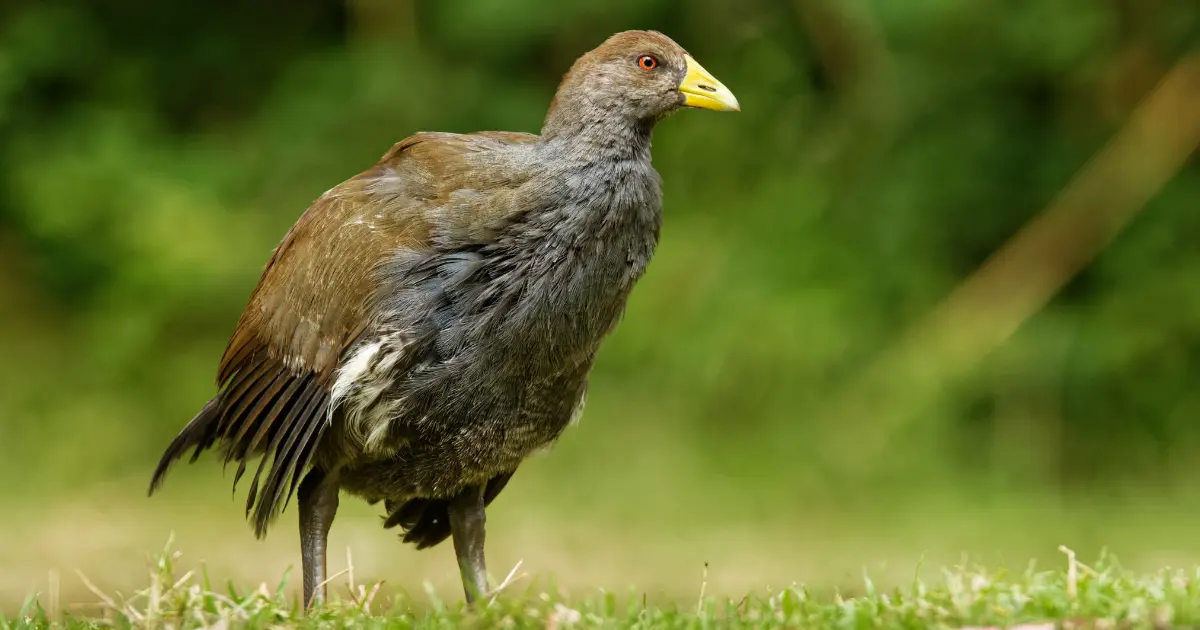
9. The kakapo: nocturnal and peaceful parrot
The kakapo, or owl parrot, is the only parrot that cannot fly. A nocturnal species, it is distinguished by its green-yellow feathers and calm demeanor. Living in New Zealand, the kakapo is known for its long lifespan and tendency to freeze in response to danger. This behavior, maladaptive to new predators introduced by humans, has contributed to its decline. Conservation efforts are critical to preserving this heavy parrot species (weighing 2 to 4 kg).
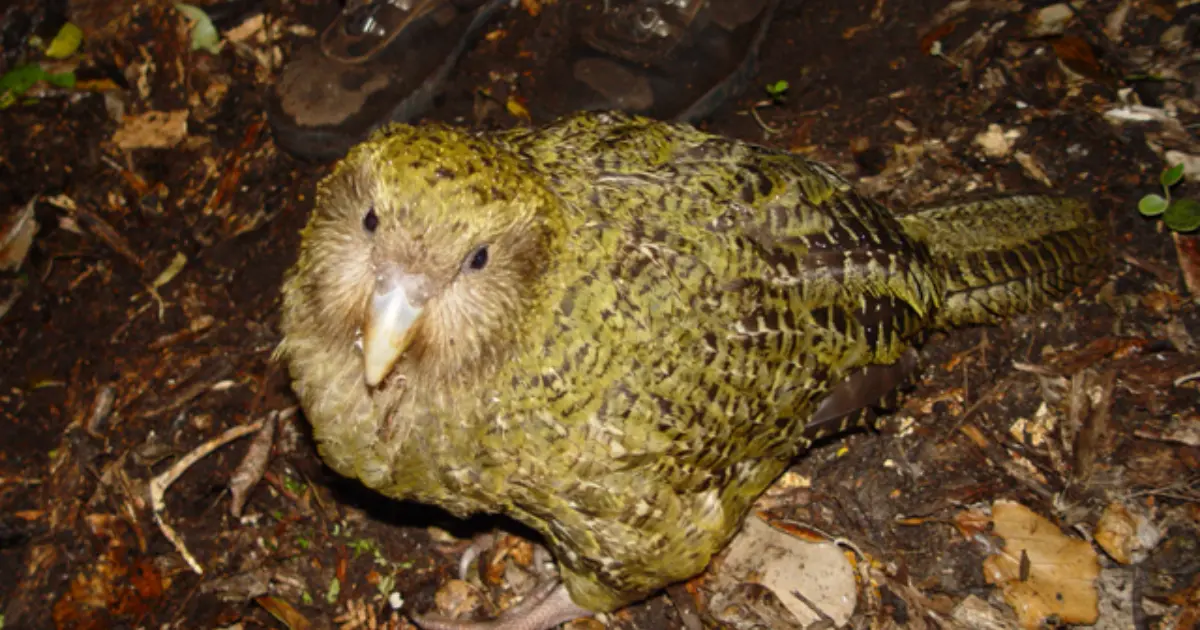
10. The cassowary: an imposing and dangerous bird
The cassowary is one of the most dangerous birds in the world. Reaching 1.7 meters in height and weighing between 70 and 100 kg, it lives in the humid forests of Australia and New Guinea. Known for its ability to jump and attack with its deadly 12-cm claw, it can inflict severe injuries. Its powerful legs enable it to move at 50 km/h, while its bony helmet helps it navigate dense vegetation.
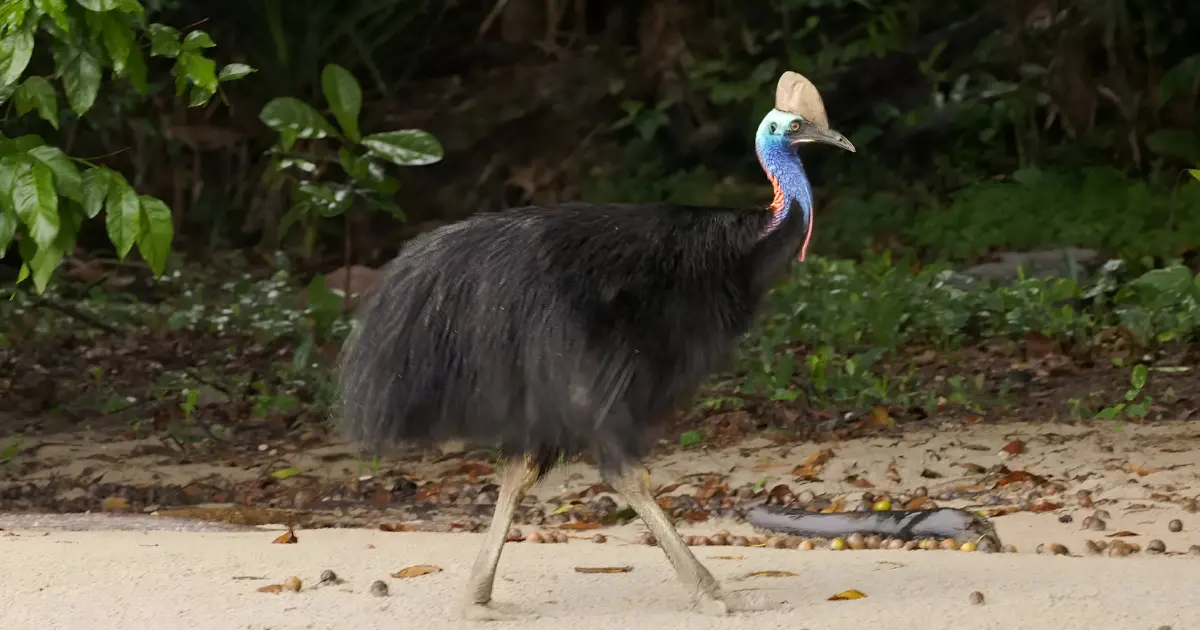
Evolution and adaptations
Flightless birds showcase the diversity of evolution. Their inability to fly results from adaptations to specific, often isolated, environments where the absence of predators allows for such transformations. The loss of flight is accompanied by skeletal and muscular modifications, such as the absence of a keel bone, reduced wing size, or non-hollow bones, which are tailored to each species’ unique needs.
A fragile biodiversity
The diversity of flightless birds is a precious evolutionary treasure, but it is often threatened by human activities. Deforestation, the introduction of new predators, and habitat destruction pose risks to these unique species. By preserving their environment and studying their particularities, we can protect these birds while deepening our understanding of evolution and adaptation.
-


